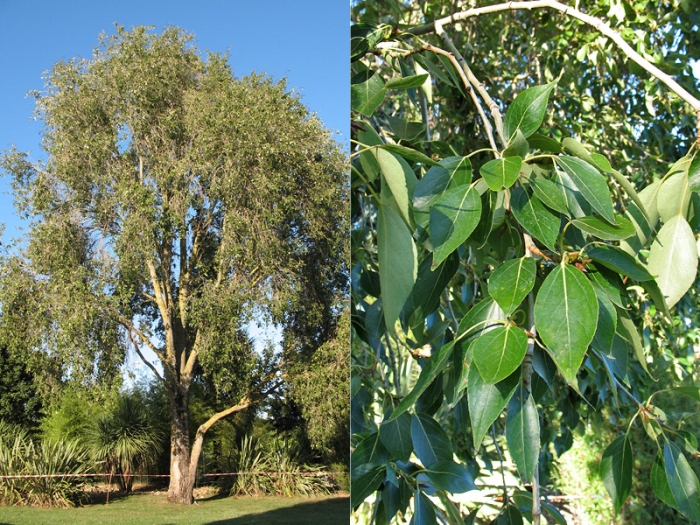Simon Poplar
(Populus simonii)
Simon Poplar (Populus simonii)
/
/

Alain Gérard
Public domain

Estimated Native Range
Summary
Simon Poplar is valued for its rapid growth rate and adaptability to a range of soil conditions, though it prefers moist, well-drained soils. It is often used as a street tree in cool temperate regions of Europe due to its tolerance of urban pollution and its ability to provide quick shade. However, it has an extensive root system that can cause damage to pavements and underground utilities. Gardeners should be aware of its potential to spread aggressively by root suckers, which can lead to unwanted clonal colonies. In terms of maintenance, it requires regular pruning to manage its size and shape, and to prevent potential storm damage from its somewhat brittle wood.CC BY-SA 4.0
Plant Description
- Plant Type: Tree
- Height: 20-35 feet
- Width: 8-10 feet
- Growth Rate: Rapid
- Flower Color: N/A
- Flowering Season: Spring
- Leaf Retention: Deciduous
Growth Requirements
- Sun: Full Sun
- Water: Medium
- Drainage: Medium
Common Uses
Bee Garden, Bird Garden, Butterfly Garden, Edible*Disclaimer: Easyscape's listed plant edibility is for informational use. Always verify the safety and proper identification of any plant before consumption., Fragrant, Low Maintenance
Natural Habitat
native to open woodlands and riparian zones along riverbanks in North Central and South Central China and Korea
Other Names
Common Names: Simon’s Poplar, Chinese Cottonwood, Simon-Pappel, Birken-P., Simons Pappel, Peuplier De Simon, Kinesisk Poppel
Scientific Names: , Populus simonii, Populus simonii f. fastigiata, Populus balsamifera subsp. simonii, Populus balsamifera var. simonii, Populus brevifolia, Populus laurifolia var. simonii, Populus przewalskii f. microphylla, Populus simonii f. brachychaeta, Populus simonii f. pendula
GBIF Accepted Name: Populus simonii Carrière